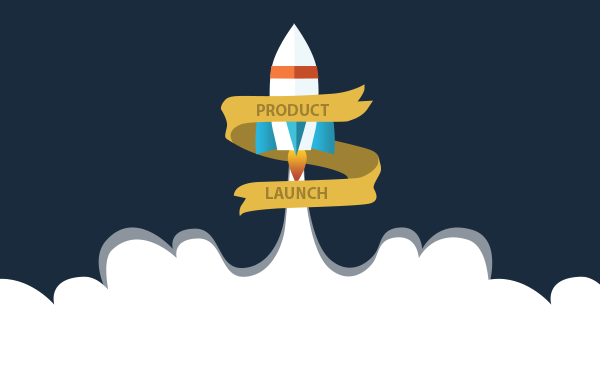Unmasking Your Ideal Customer
The real art and Science of finding your target Audience.
Stop marketing to the masses! In today’s noisy digital landscape, speaking directly to the right people is the key to success.
This guide will walk you through the art and science of target audience profiling.
Step 1: Beyond the Basics – Demographics Demystified
- Age: It’s not just a number. Different generations have distinct preferences and communication styles.
- Example: Gen Z craves authenticity and social connection, while Baby Boomers value tradition and expertise.
- Example: Gen Z craves authenticity and social connection, while Baby Boomers value tradition and expertise.
- Gender: While stereotypes are fading, there can be subtle differences in purchasing behaviors and interests.
For men, buying is matter-of-fact process and he will buy a shirt in 30 minutes. For women, it is more emotional and they may take hours to select a dress. I have spent 4 hours in the shopping mall to select a dress for my wife-and still she did not buy it. - Location: Where your audience lives influences their cultural references, local needs, and even product preferences.
A girl in Indore may have a completely different buying behaviour than a girl in Mumbai. - Income: Don’t just categorize by salary. Consider spending habits, disposable income, and lifestyle aspirations.
Step 2: Dive Deeper – Uncover Interests and Psychographics
- Interests and Hobbies: What gets your audience excited? Music festivals, hiking, cooking classes? Find the overlap with your product.
- Example: A fitness apparel brand might target marathon runners and yoga enthusiasts. And where do you find them ? In A and B class towns
- Example: A fitness apparel brand might target marathon runners and yoga enthusiasts. And where do you find them ? In A and B class towns
- Values and Beliefs: What causes do they support? Environmentalism? Social justice? These can be powerful motivators for purchase decisions.
My daughter will not buy anything if the product is not eco-friendly. Last week, making an Italian food was a disaster for my vegan guests. - Lifestyle: Are they busy parents, urban professionals, or retired empty-nesters? This shapes their daily routines and needs.
Your product has to match the life-style of your customers. - Online Behavior: What social media platforms do they frequent? What content do they engage with? This reveals their digital habits.
A Netflix fanatic may want ready-to-eat western snacks whereas a housewife hooked to Korean drama may opt for Indian dishes.
Step 3: Identify the Pain – Addressing Customer Challenges
- The Problem: What keeps your target audience up at night? What frustrations do they have with existing solutions?
- Example: For a meal delivery service, the pain point might be lack of time for cooking healthy meals.
- Example: For a meal delivery service, the pain point might be lack of time for cooking healthy meals.
- The Solution: How does your product or service directly alleviate that pain? Be specific and highlight the benefits.
- The Emotional Hook: Connect with your audience on an emotional level. Show how your solution makes them feel happier, healthier, or more productive.
Example ::”Stop sacrificing your health for convenience. Our snacks fuel your busy lifestyle so you can thrive, not just survive.”
India runs on emotions. Period.
Do you need Research, and expansive surveys to know about your target audience?
No, you don’t need any professional research, focus groups and depth interviews (long personal discussions).
Act like a start-up and conserve money.
Just talk to 10-15 of your friends or known people, visit twenty retail outlets and talk to kirana stores (always in the afternoon), buy competitors products and analyze them on your kitchen platform.
Make a detailed analysis of your findings and zero on your most potential target customer. This will be the strongest pillar of your marketing strategy.
You are good to go.

About the author: Hemant is the Founder & CEO of branding and marketing firm ”Neeti Brand Accelerator” in Mumbai.
He is a brand strategist and has worked with more than 150 brands during last two decades. He is also mentor and coach to SMEs and startups. You can visit the website neeti.biz. You can contact him at hemant@neeti.biz







